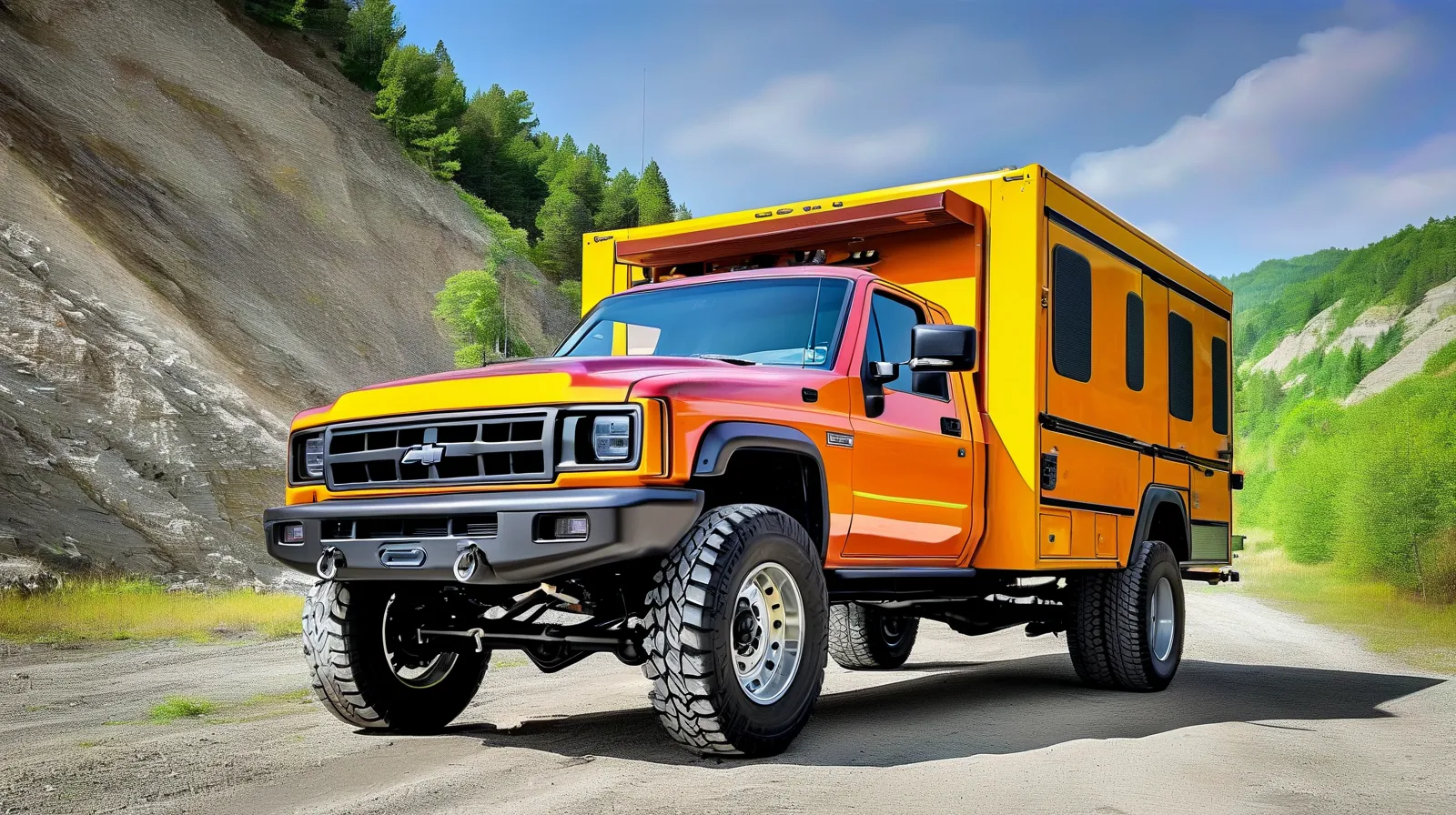The heavy-duty towing industry is evolving rapidly, driven by growing demands for safety, efficiency, and durability. For operators relying on fifth wheel systems, no tilt fifth wheel kits have emerged as a critical innovation, addressing longstanding challenges in load stability and equipment wear. Below, we explore the latest trends reshaping this niche and how they align with modern operational needs.
1. Advanced Material Engineering for Enhanced Durability
Manufacturers are increasingly adopting high-strength alloys and composite materials to extend the lifespan of no tilt fifth wheel kits. Innovations like boron steel frames and corrosion-resistant coatings are reducing maintenance cycles by up to 40% (American Society of Mechanical Engineers, 2023). These materials also improve weight distribution, a key factor in preventing premature trailer sway during long hauls.
2. Integration of Smart Sensor Technology
Real-time monitoring systems are becoming standard in premium no tilt kits. IoT-enabled sensors track variables such as:
– Vertical and horizontal load forces
– Lubrication levels
– Alignment accuracy
This data is transmitted to fleet management platforms, allowing proactive adjustments that reduce accident risks. Companies like SAF-Holland now embed telematics directly into their fifth wheel designs, cutting unplanned downtime by 25% (Commercial Carrier Journal).
3. Regulatory Compliance Driving Design Standardization
Updated DOT and SAE guidelines (J2638:2024) mandate stricter safety protocols for heavy-duty couplings. Leading manufacturers have responded by:
– Standardizing lockjaw mechanisms across product lines
– Implementing QR code-based certification tracking
– Enhancing visual wear indicators for faster inspections
These changes not only improve compliance but also simplify cross-fleet compatibility – a pain point for mixed-brand operations.
4. Eco-Conscious Manufacturing Practices
With sustainability becoming a procurement priority, brands are rethinking production processes:
– 72% of buyers now prioritize suppliers with ISO 14001 certifications (FreightWaves, Q2 2024)
– Recycled steel usage in fifth wheel components has increased by 18% YoY
– Low-friction coatings reduce diesel consumption by minimizing parasitic drag
5. Customization for Specialized Applications
The one-size-fits-all approach is fading as operators demand tailored solutions:
– Oilfield configurations: Wider pivot ranges for uneven terrain
– Cold-chain adaptations: Sub-zero temperature lubricants
– High-frequency coupling systems: Quick-release mechanisms for urban delivery fleets
Custom orders now represent 34% of total sales for major suppliers like Fontaine Fifth Wheel – up from 22% in 2020 (Heavy Duty Trucking Magazine).
Why These Trends Matter for Your Operation
Adopting modern no tilt fifth wheel kits directly impacts three core operational metrics:
1. Safety: Reduced lateral movement lowers rollover risks by up to 60% in emergency maneuvers (NHTSA).
2. Cost Efficiency: Extended service intervals save $1,200+/annum per truck in maintenance.
3. Resale Value: Standardized, telematics-ready systems retain 15-20% higher residual value.
Final Considerations
When evaluating no tilt fifth wheel kits, prioritize suppliers that:
✔️ Provide third-party tested load capacity ratings
✔️ Offer modular upgrade paths as tech evolves
✔️ Maintain regional service networks for rapid part replacement
The convergence of material science, connectivity, and regulatory alignment positions these systems not just as components – but as strategic assets in modern freight logistics. As autonomous trucking pilots expand (Projected 12% market penetration by 2027), compatibility with automated coupling systems will further separate industry leaders from legacy providers.




Leave a Reply